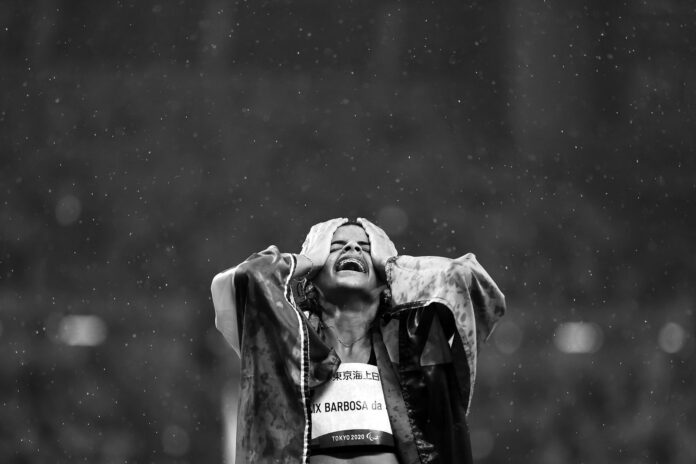The games became an annual event, each year expanding to more athletes. Javelin throwing was soon added to the lineup. The name changed to the Stoke Mandeville Games, after the hospital where Guttman worked, and in 1952 the Netherlands sent a team, making the competition international.
In 1960 the Stoke Mandeville Games officially became the Paralympic Games. That year, more than 400 athletes with disabilities from 23 countries gathered at the Olympic Stadium in Rome following the conclusion of the Summer Olympics. They competed in archery, basketball, swimming, fencing, javelin, shotput, club throwing, swimming, table tennis, pentathlon, and even snooker.
Since then, the Paralympics have been held immediately after the Olympics in the same host city. The name “Paralympics” reflects the games’ parallel nature: It comes from the Greek preposition “para,” which means “beside.” The Olympics and Paralympics exist in tandem.
The growth of the Paralympics was swift. At the 1976 games in Toronto, over 1,500 athletes from 40 countries participated in 13 different sports. That year also saw the first Winter Paralympic games, which were held in Sweden. By the 1988 Paralympics in Seoul, the Paralympics were using the same facilities as the Olympics. By 1996, the Atlanta games were billed as “The World’s Second Largest Sporting Event” and the games were televised.
The increased exposure to the event led to more inclusivity. Guttman’s games had been designed for veterans with spinal injuries. Eventually the games opened to civilians, but they were still limited to participants with spinal injuries. By in 1976, athletes with disabilities beyond spinal cord injuries—for instance, amputees and those with vision impairments—were invited to compete.
That raised the question of how to make contests fair—so the least-disabled person wouldn’t always win. Paralympics organisers started to classify competitors by the extent and type of their disabilities. The classifications fall into three broad categories—physical, visual, and intellectual—and determine whether athletes are eligible to compete in a sport and how competitors are grouped together for events.
For Long, the games have been a gift. She now holds the second most medals of any Paralympian—and the same medal count as Olympic swimmer Michael Phelps. “I don’t know where life is going to take me,” she says, “but the Paralympic movement has given me this entire, wild, amazing journey.”
Credit: Source link










